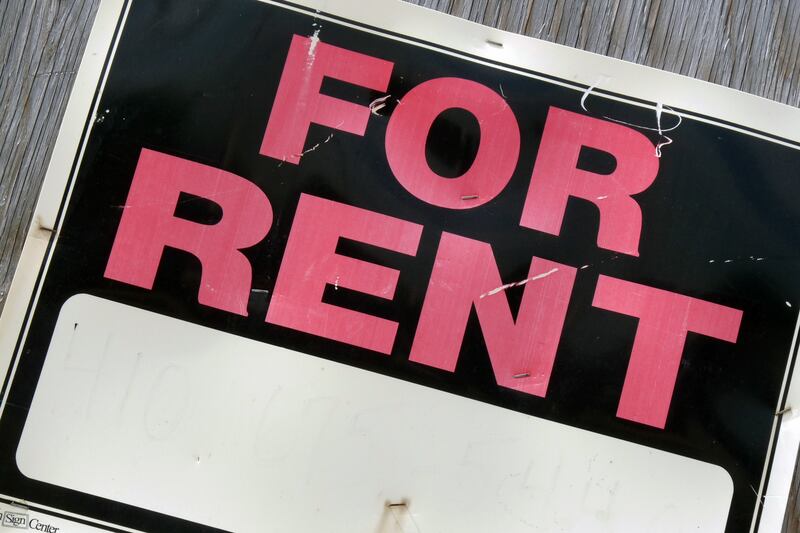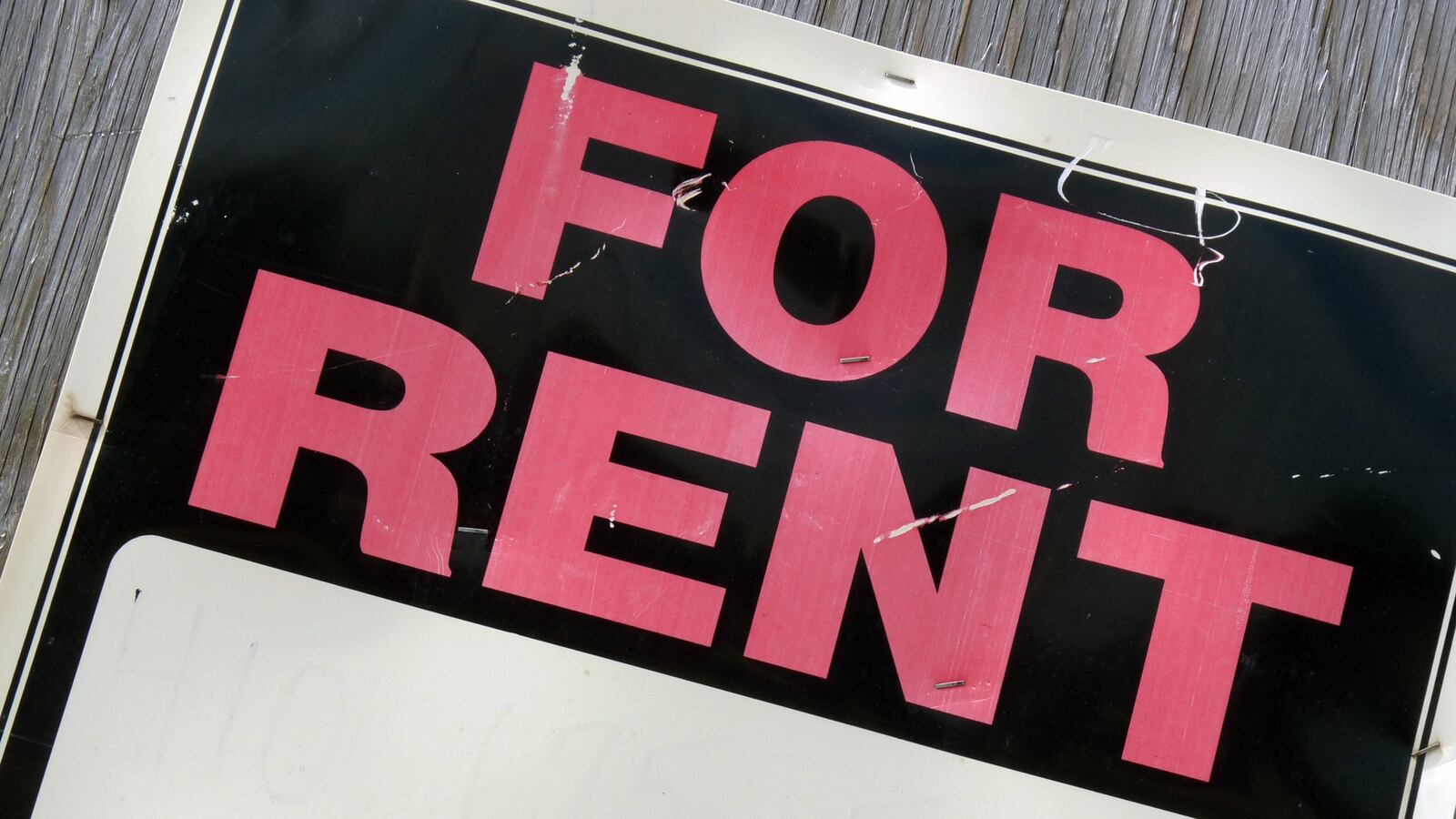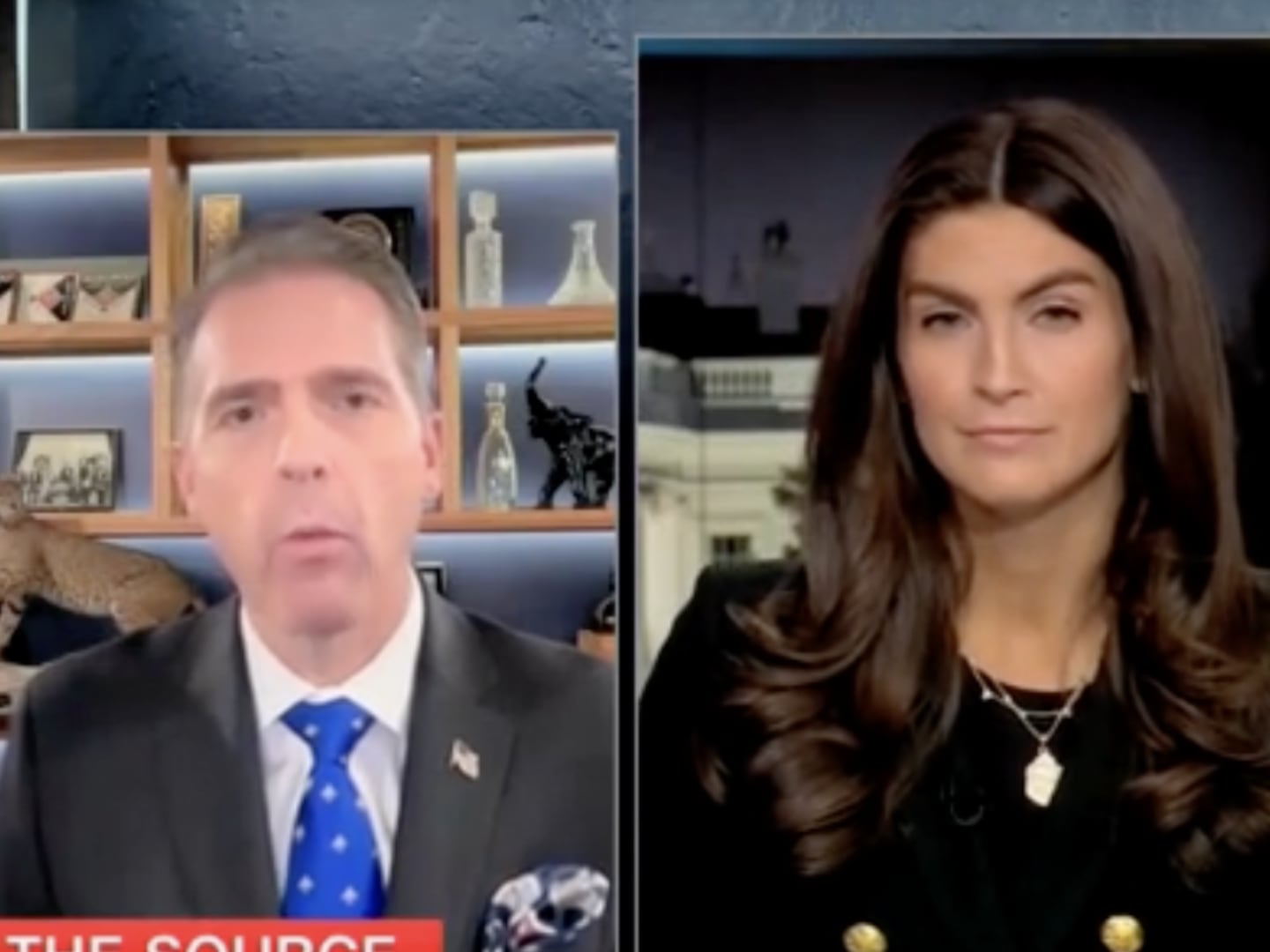In 2005, Jimmy McMillan founded The Rent is Too Damn High Party. The ever-eccentric, independent campaigner focused his message on housing affordability, or lack thereof, in New York City, later launching mayoral and gubernatorial runs in 2005, 2008, and 2010. While only receiving a small percentage of the vote—tapping out at 40,000 in 2010’s statewide race—his character soon floated away into the dreamland of fringe, single-issue campaigns that dominate our election cycles. But, since then, his urban-centric message—that the rent is actually too damn high—has transformed from a comical bumper sticker slogan to a spreading nationwide phenomenon.

According to the most recent Zillow report, Americans are spending the highest percentage of their income in 30 years on the rent check every month. Historically, the median household needed to spend a nationwide average of 24.5 percent (this includes utilities and additional costs) of their earnings to pay for rent at the median property level. Now, the share is 29.5 percent, a 19 percent jump from what it was between 1985 and 2000, before the housing market succumbed to bubble economics.
If you look at the map, you’ll see a harrowing tale of statistics, where America’s increasingly unaffordable urban centers have skyrocketed in price over the past 10 years. Residents in Los Angeles, Miami, and San Francisco alone are spending more than 40 percent of their income to make ends meet in the rental market. But it’s not necessarily about what the price is now; to understand the true nature of these increases, it’s important to keep in mind what it once was. And McMillan’s turf is Ground Zero for this disparity.
New York City sits just below the 40 percent mark at 39.5 percent, but its historical average is 23.6 percent. That means, with its record-breaking rents spreading to all five boroughs, that the Big Apple has the second-highest deviation from its historical average of any major American city: a whopping 67.2 percent, falling just behind Washington, D.C. In other words, New York in 2014 is a drastically different city, in terms of affordability and standard of living, than it was at the turn of the millennium—a major talking point of recently elected Mayor Bill de Blasio in his “tale of two cities” campaign.
The growing share of income dedicated to rent, however, is a product of the times, with two macroeconomic factors at play here. Blame the stagnation of incomes for families across the middle and lower class, and the growing market rates of our homes, both rented and owned. Between 2000 and 2012, the median household income has dropped by 6.6 percent, from $55,030 in 2000 to $51,371 in 2012. That number still remains below 2000 levels, with renter income falling an even steeper 13 percent. Now, flip this for average apartment rent nationwide: a 6 percent rise in price since 2000, with varying, and usually higher, figures on the state level.
The rapidly rising percentage of income spent on rent metaphorically makes up that difference, with wages unable to parallel the same growth of the rental bubble. Solutions are scarce, too, as federal intervention rarely permeates into the localized rental market, nor dramatically influences median income levels in the short term. One approach, perhaps, could be a construction boom that seeks to augment the national vacancy rate, which has dropped from 8 percent to 4.1 in the past four years alone.
“To prevent millions of Americans from being driven out of their communities by soaring costs, we need a robust, proactive effort to expand affordable housing that matches the urgency of the problem,” Bill Lipton, state director for the Working Families Party, told me. But, with this Congress hesitant to spend government dollars on social services, this solution becomes politically improbable on the federal level, leaving the issue for cities and statewide municipalities to deal with.
The mortgage market isn’t that much different either, as areas once known for affordability have climbed in price since the end of the recession, forcing even more residents into the rental market, which might explain the downsizing of the vacancy rate by half. Rentals had always been seen as the cheaper, short-term alternative for someone who didn’t want to take out a mortgage on a household. But that doesn’t seem to be the case anymore.
This leaves the newest buyer in a financial squeeze or, to use an expression, between a rock and a hard place. This shift has harsh implications for Millennials, who are most likely to enter the post-recession real estate rental market. Alongside income stagnation, the debt-riddled generation is faced with a percentage rate going toward rent much higher than what their parents had to deal with, one that has consistently risen since 2000. And, for now, there’s no real plateau in sight.






